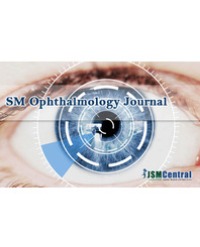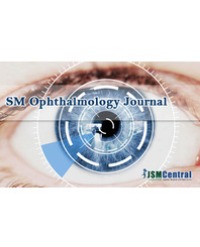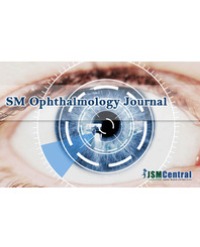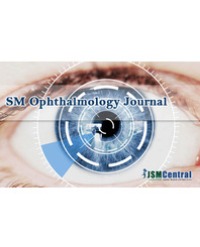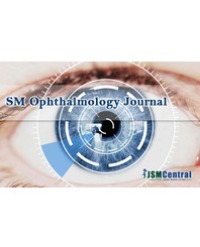
Application of Anti-Scarring Drugs and Drug Delivery Systems in Glaucoma Surgeries
Anti-scarring Drugs And Drug Delivery systems (DDSs) that are more effective and safer than mitomycin C have been sought to improve the outcome of glaucoma filtration surgeries. Drugs that selectively inhibit wound healing, including anti-transforming growth factor-β and anti-vascular endothelial growth factor antibodies, have been investigated, although their advantages are yet to be verified in humans. In addition, novel sustained release DDSs with fewer toxic effects have been studied for application after glaucoma surgeries. Several potential biomaterials for such DDSs, including gelatin hydrogel, have been introduced.
Tetsuya Sugiyama

